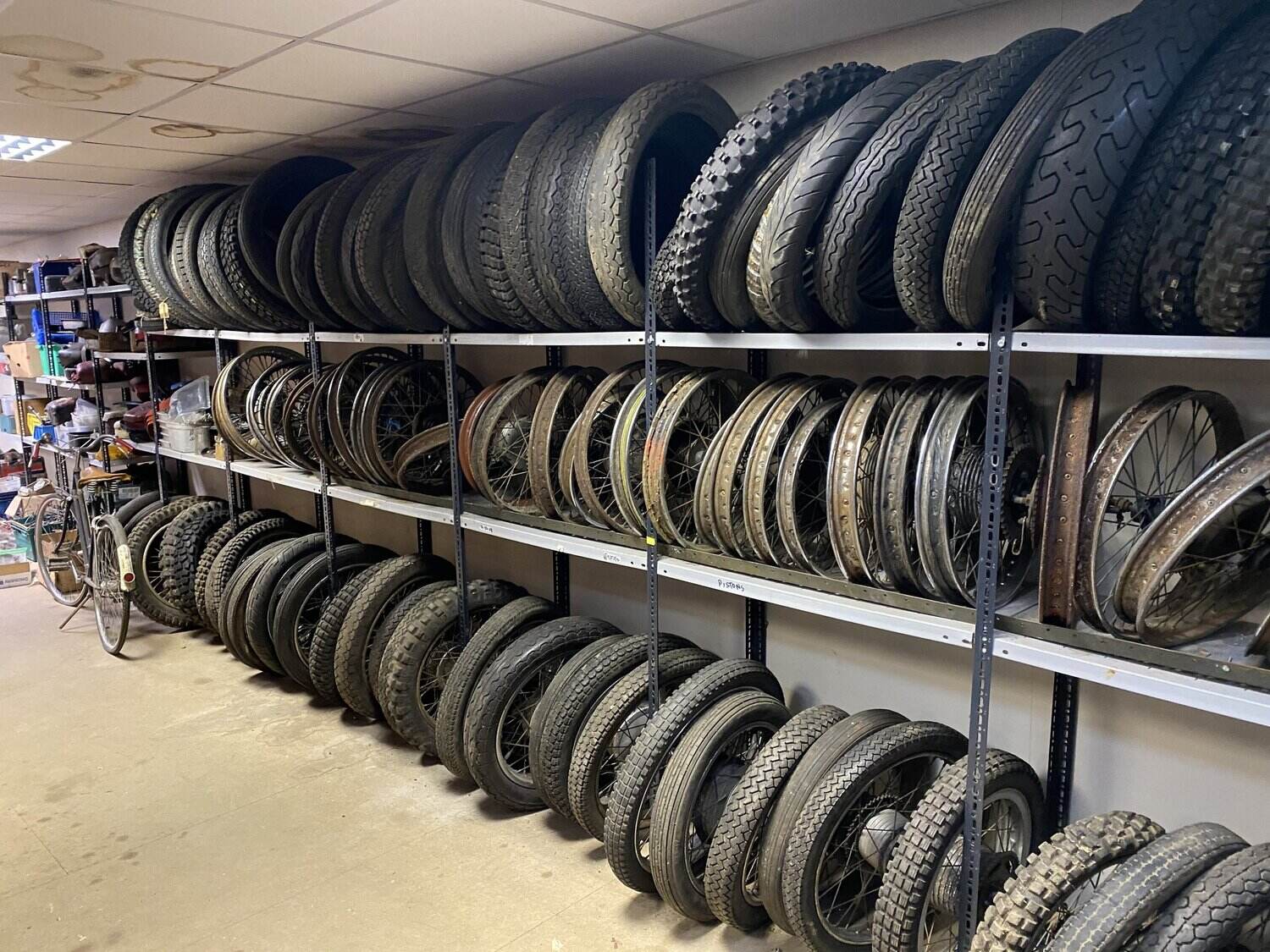

Articles
How To Store Bike Tires
Modified: January 18, 2024
Learn the best way to store bike tires with these informative articles. Keep your tires in top condition and extend their lifespan.
(Many of the links in this article redirect to a specific reviewed product. Your purchase of these products through affiliate links helps to generate commission for Storables.com, at no extra cost. Learn more)
Introduction
Properly storing bike tires is essential for preserving their condition and ensuring optimal performance when you’re ready to hit the road or trail again. Whether you’re a dedicated cyclist or a casual rider, taking the time to store your bike tires correctly will extend their lifespan and protect your investment.
In this article, we’ll provide you with a comprehensive guide on how to store bike tires effectively. From choosing an ideal storage space to correctly reinstalling the tires, we will cover all the necessary steps to keep your tires in excellent condition during periods of storage.
By following these guidelines, you can prevent damage caused by improper storage, such as deformation, dry rot, and other issues that can compromise the integrity of your tires. So let’s dive in and discover the best practices for storing your bike tires!
Key Takeaways:
- Properly storing bike tires is crucial for maintaining their condition and extending their lifespan. Choose an ideal storage space, clean and deflate the tires, and periodically check them to ensure they remain in good condition.
- Using tire covers or bags can provide an extra layer of protection for your bike tires during storage, shielding them from dust, dirt, and potential damage. Additionally, reinstalling the tires correctly ensures optimal performance when you’re ready to ride again.
Read more: How To Store A Bike
Choosing an ideal storage space
The first step in storing your bike tires is finding the right storage space. Ideally, you want to choose a location that is dry, cool, and free from extreme temperatures and humidity. This will help prevent any moisture damage or the development of mold or mildew on the tires.
Avoid storing your bike tires in direct sunlight or near sources of heat, such as radiators or heaters, as prolonged exposure to high temperatures can degrade the tire rubber and impact its performance. Instead, opt for a space that is well-ventilated and away from any potential hazards or sharp objects that could puncture or damage the tires.
If possible, consider investing in a storage rack or wall mount specifically designed for bike tires. These racks will keep your tires off the ground, minimizing the risk of them getting dirty or damaged. Additionally, storing the tires vertically can help prevent any distortions or warping that may occur when they are left flat for extended periods.
Remember to also keep your tires away from any chemicals or substances that could potentially react with the rubber and cause deterioration. This includes petroleum-based products, cleaning solvents, and even certain types of paints or adhesives.
By choosing an appropriate storage space for your bike tires, you are setting the foundation for successful long-term storage and ensuring their integrity remains intact until you’re ready to ride again.
Cleaning the tires before storage
Prior to storing your bike tires, it is crucial to clean them thoroughly. Over time, dirt, grime, and debris can accumulate on the tire surface, which can potentially lead to deterioration during storage. By cleaning the tires, you remove any contaminants and ensure a fresh start for your tires when you’re ready to use them again.
Start by wiping down the tires with a damp cloth or sponge to remove any loose dirt or dust. If there are stubborn stains or marks, use a mild soap or specialized bike tire cleaner to gently scrub the surface. Avoid using harsh chemicals or abrasive cleaners that can damage the tire rubber.
Once you’ve cleaned the tires, make sure to rinse them thoroughly to remove any residue from the cleaning products. Use a hose or bucket of clean water to rinse off the soap or cleaner, ensuring there is no trace left behind.
After rinsing, pat dry the tires with a clean towel or let them air dry completely. It is important to ensure that the tires are completely dry before moving on to the next steps, as any moisture left on the tires can promote the growth of mold or mildew during storage.
Cleaning your bike tires before storage not only helps to maintain their aesthetic appeal but also removes any potential contaminants that can cause damage. It is a simple yet vital step in ensuring the longevity and performance of your tires.
Deflating the tires properly
Before storing your bike tires, it is important to deflate them properly. Deflating the tires helps to relieve pressure and prevent any unnecessary strain on the tire walls during storage. It also allows for easier handling and storage of the tires.
To deflate the tires, start by locating the valve stem. The valve stem is a small metal or plastic tube that extends from the inner tube through the rim of the tire. It is typically located near the edge of the rim and is commonly a Schrader valve or a Presta valve.
If you have Schrader valves, which are commonly found on mountain bikes and most hybrid and children”s bikes, you can simply press down on the center pin with a valve cap remover or a small object like a key. This will release the air from the tires. If you have Presta valves, which are typically found on road bikes and higher-end bicycles, you will need to unscrew the small nut at the top of the valve before depressing the pin to release the air.
Inflate the tires back to their recommended pressure before each ride. Proper tire pressure helps optimize performance, rolling resistance, and handling. Consult your bike’s manual or the sidewall of the tires for the recommended pressure range. Use a floor pump or a bicycle-specific hand pump with a pressure gauge to inflate the tires.
By deflating your bike tires before storage, you are relieving the pressure and ensuring they are in a relaxed state, ready for storage. This simple step helps prevent any potential damage that can occur from storing tires at high pressure and prolongs their lifespan.
Removing the tires from the bike
To effectively store your bike tires, you need to remove them from the bike. This step is important as it allows for proper cleaning, inspection, and storage of the tires.
Start by placing your bike on a stable surface or using a bike stand to keep it upright. If your bike has quick-release skewers or thru-axles, loosen them to release the wheels from the frame or fork. If your bike has nuts or bolts attaching the wheels, use the appropriate tools to loosen and remove them.
Once the wheels are free, carefully lift them off the bike. Take note of the front and rear tires so you can store them in the proper locations when it’s time to reinstall them.
After removing the tires, it is a good practice to inspect them for any signs of wear or damage. Check the tread for any cuts, bulges, or significant wear. Inspect the sidewalls for cracks or fading, which can be signs of aging or deterioration. If you notice any serious issues, it may be time to replace the tires.
Once the tires have been inspected, it’s a good idea to clean them as discussed in the previous section. This will ensure that any dirt, debris, or contaminants accumulated during use are removed before storage.
By removing the tires from the bike, you are not only making the storage process more manageable but also enabling a thorough inspection and cleaning. This step is crucial for maintaining the overall condition and performance of your bike tires.
Store bike tires in a cool, dry place away from direct sunlight and extreme temperatures. Hang them vertically or stack them flat to prevent warping. Keep them away from any sharp objects that could puncture the rubber.
Read more: How To Store Tires In Garage
Storing the tires in a safe and dry location
After cleaning and removing your bike tires, it’s time to store them in a safe and dry location. Proper storage plays a vital role in preserving the integrity of the tires and ensuring they remain in optimal condition during their time off the bike.
Choose a storage area that is dry, cool, and out of direct sunlight. Moisture and heat can degrade the tire rubber and lead to premature deterioration. Avoid storing the tires in areas prone to extreme temperature fluctuations or high humidity levels.
If possible, elevate the tires off the ground to prevent contact with any moisture or potential hazards. You can use a rack specifically designed for bike tire storage or simply place the tires on a clean and dry surface.
It’s essential to keep the tires away from any sharp objects or rough surfaces that can cause damage. Ensure that the storage area is clean and free from debris that may puncture or scratch the tires. If you’re using a wall mount or rack, make sure it is securely installed and can support the weight of the tires.
Consider storing the tires vertically if space allows. This helps prevent any distortion or flat-spotting that can occur when tires are left flat for extended periods. If vertical storage is not possible, you can stack the tires on top of each other but be sure not to overload them or apply excessive pressure.
Remember to keep the tires away from any chemicals, solvents, or oil products. These substances can cause damage to the rubber and compromise their performance. Additionally, avoid storing the tires near any sources of heat or open flames.
By storing your bike tires in a safe and dry location, you are creating an environment that promotes their longevity and minimizes the risk of damage. Taking this simple step will ensure that your tires are ready to go when you’re back on your bike.
Using tire covers or bags for added protection
When it comes to storing your bike tires, using tire covers or bags can provide an extra layer of protection. These accessories help shield the tires from dust, dirt, and potential damage, ensuring they stay in optimum condition during storage.
Tire covers are fabric or plastic covers designed specifically for bike tires. They come in various sizes and are easy to slip over the tires. The covers protect the tires from atmospheric elements and help prevent the buildup of dust or debris.
Alternatively, you can use large plastic bags to cover the tires. Ensure that the bags are clean and dry before placing the tires inside. Simply slide each tire into a bag and seal it tightly to keep out moisture and dust.
In addition to protecting the tires from dirt and dust, covers and bags also provide a barrier against potential scratches or scuffs. If you’re storing multiple tires together, using individual covers or bags prevents them from rubbing against each other and causing damage.
When choosing tire covers or bags, opt for materials that are breathable yet water-resistant. This ensures proper air circulation while still keeping the tires protected. Avoid using plastic covers or bags that do not allow for airflow, as this can trap moisture and lead to mold or mildew development.
Label the covers or bags with the tire size or any other relevant information to make it easier to identify the tires later on. Proper labeling helps save time when you need to retrieve a specific set of tires for your bike.
By using tire covers or bags, you add an extra layer of protection to your bike tires during storage. This simple step helps maintain their cleanliness, prevents potential damage, and ensures they’re in excellent condition when you’re ready to ride again.
Checking the tires periodically during storage
While your bike tires are in storage, it’s important to periodically check on them to ensure they remain in good condition. Regular inspections can help you identify any issues early on and take necessary measures to prevent further damage.
Set a reminder to check your stored tires every couple of months, especially if they will be stored for an extended period. Start by visually inspecting the tires for any signs of damage, such as cracks, bulges, or dry rot. Any noticeable issues should be addressed immediately to avoid compromising the integrity of the tires.
Pump the tires with a floor pump or hand pump to the recommended pressure before each inspection. This helps maintain their optimal shape and reduce the risk of flat spots forming during storage.
Add air if the pressure has dropped significantly; however, avoid over-inflating the tires. Keep them within the recommended pressure range to prevent damage and ensure proper performance when you’re ready to use them again.
If you notice any abnormalities or potential problems during the inspection, it may be necessary to replace the tires. Damaged or compromised tires can pose safety risks and should not be used on your bike.
Additionally, check the storage area for any signs of moisture, leaks, or pests. Moisture can lead to mold or mildew growth, while pests can cause damage to the tires. If any issues are observed, address them promptly to safeguard the condition of your stored tires.
By checking your bike tires periodically during storage, you can catch any problems early and take appropriate action. This proactive approach ensures that your tires remain in optimal condition, providing a safe and enjoyable riding experience when they’re back on your bike.
Reinstalling the tires correctly when needed
When the time comes to reinstall your bike tires, it’s essential to do so correctly to ensure proper fit, safety, and performance. Follow these steps to reinstall your tires effectively:
- Clean the rims: Before reinstalling the tires, inspect the rims for any dirt, debris, or remnants of old tubes. Wipe the rims clean with a cloth to ensure a smooth surface.
- Check the valves: Examine the valve stems for any damage or debris. Clean the valve area if necessary, and ensure that the valve cores are properly tightened if you have removable valve cores.
- Insert the tube: If you’re using inner tubes, partially inflate them and insert them into the tire. Make sure the valve stem fits through the valve hole in the rim. Carefully position the tube within the tire, ensuring it is not twisted or pinched between the tire and rim.
Once you have successfully reinstalled both tires, give them a final inspection to confirm that they are securely and evenly seated on the rims. Wiggle the tires gently to ensure they are not loose or improperly installed.
It’s important to note that if you’re unsure about reinstalling your bike tires or if you require professional assistance, it’s advisable to visit a local bike shop. The experts there can ensure a proper and safe installation of your tires.
By reinstalling your bike tires correctly, you ensure a secure fit, proper alignment, and optimal performance when you’re ready to hit the road or trail again. It’s an essential step in maintaining the overall integrity of your bike and enjoying a smooth and safe ride.
Read more: How To Store Summer Tires
Conclusion
Properly storing your bike tires is crucial for maintaining their condition and extending their lifespan. By following the steps outlined in this article, you can ensure that your tires remain in optimal shape and ready for your next cycling adventure.
Choosing an ideal storage space is the first step. Look for a dry, cool location away from extreme temperatures and humidity. Consider using a storage rack or wall mount to keep the tires off the ground and protect them from potential hazards.
Before storing the tires, clean them thoroughly to remove any dirt or debris. Deflate the tires properly to relieve pressure and prevent strain. Take the necessary precautions when removing the tires from the bike, inspect them for any damage, and clean them before storage.
Store the tires in a safe and dry location, elevated off the ground if possible, and away from any chemicals or sources of heat. Consider using tire covers or bags to provide an extra layer of protection against dust, dirt, and scratches.
It’s important to periodically check the tires during storage to ensure they remain in good condition. Inflate them to the recommended pressure and address any issues or damages promptly. Finally, when it’s time to reinstall the tires, follow the proper steps to ensure a secure fit and optimal performance.
By following these guidelines, you can effectively store your bike tires and maintain their integrity. Proper storage practices not only extend the lifespan of your tires but also contribute to a safer and more enjoyable cycling experience in the long run.
Frequently Asked Questions about How To Store Bike Tires
Was this page helpful?
At Storables.com, we guarantee accurate and reliable information. Our content, validated by Expert Board Contributors, is crafted following stringent Editorial Policies. We're committed to providing you with well-researched, expert-backed insights for all your informational needs.
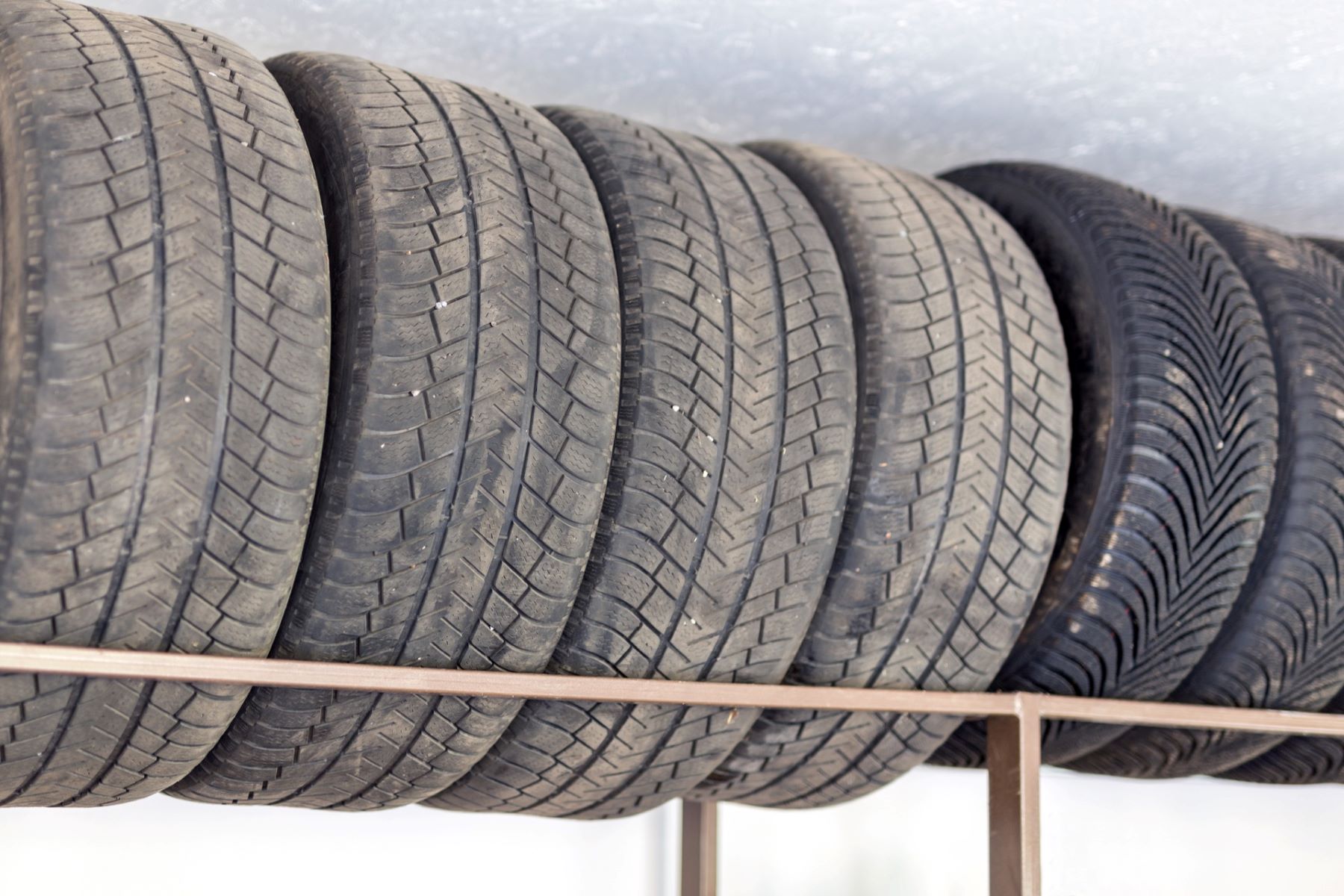
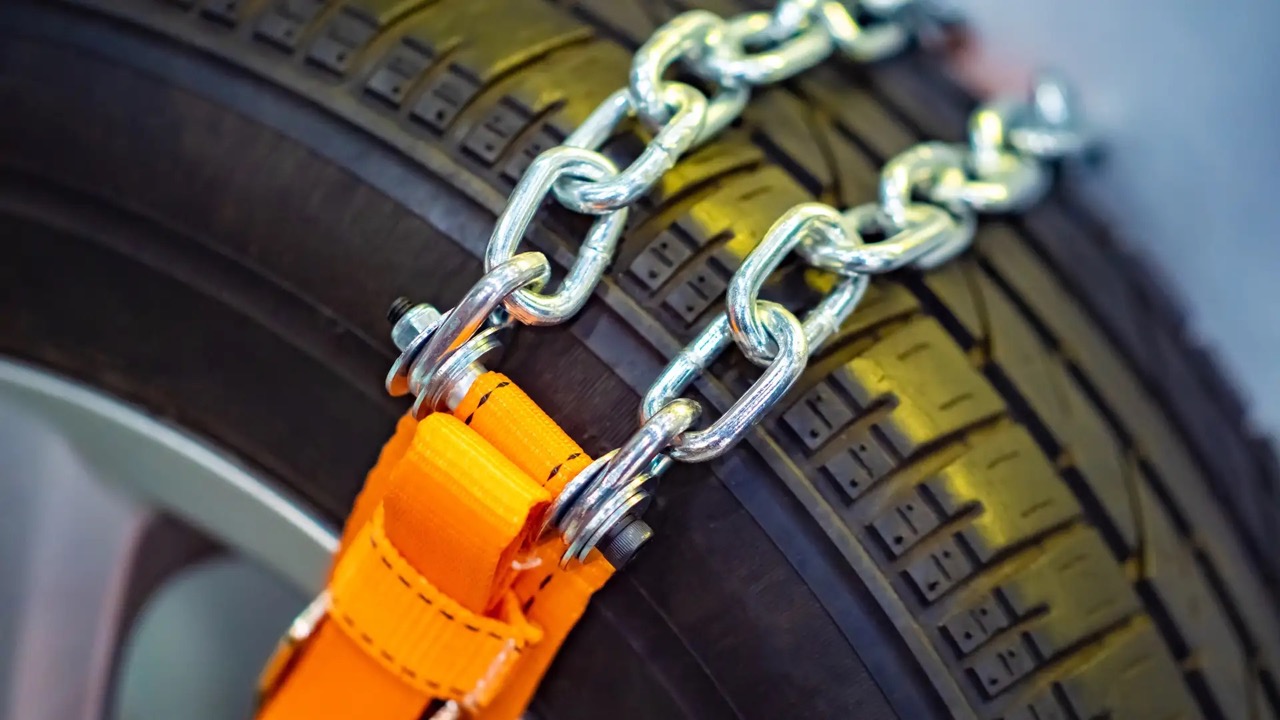
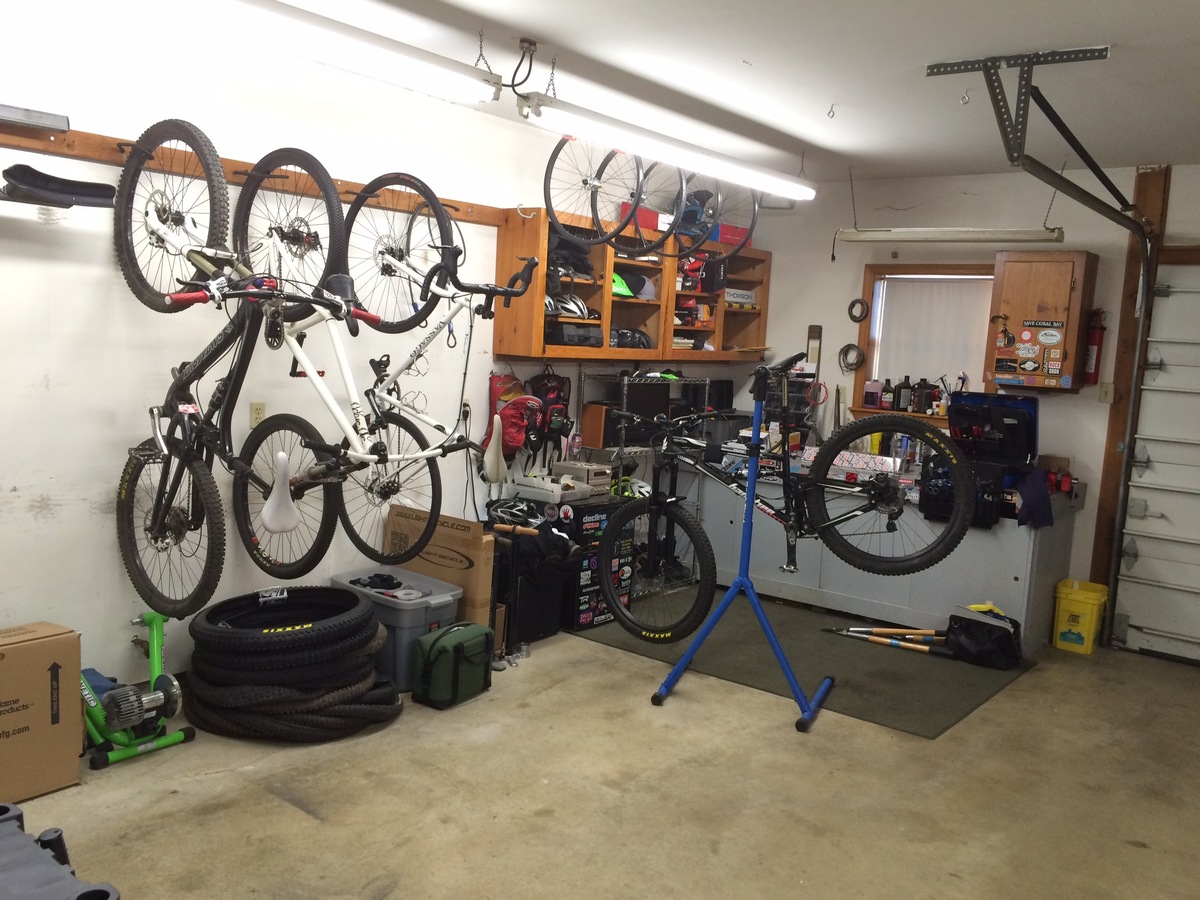
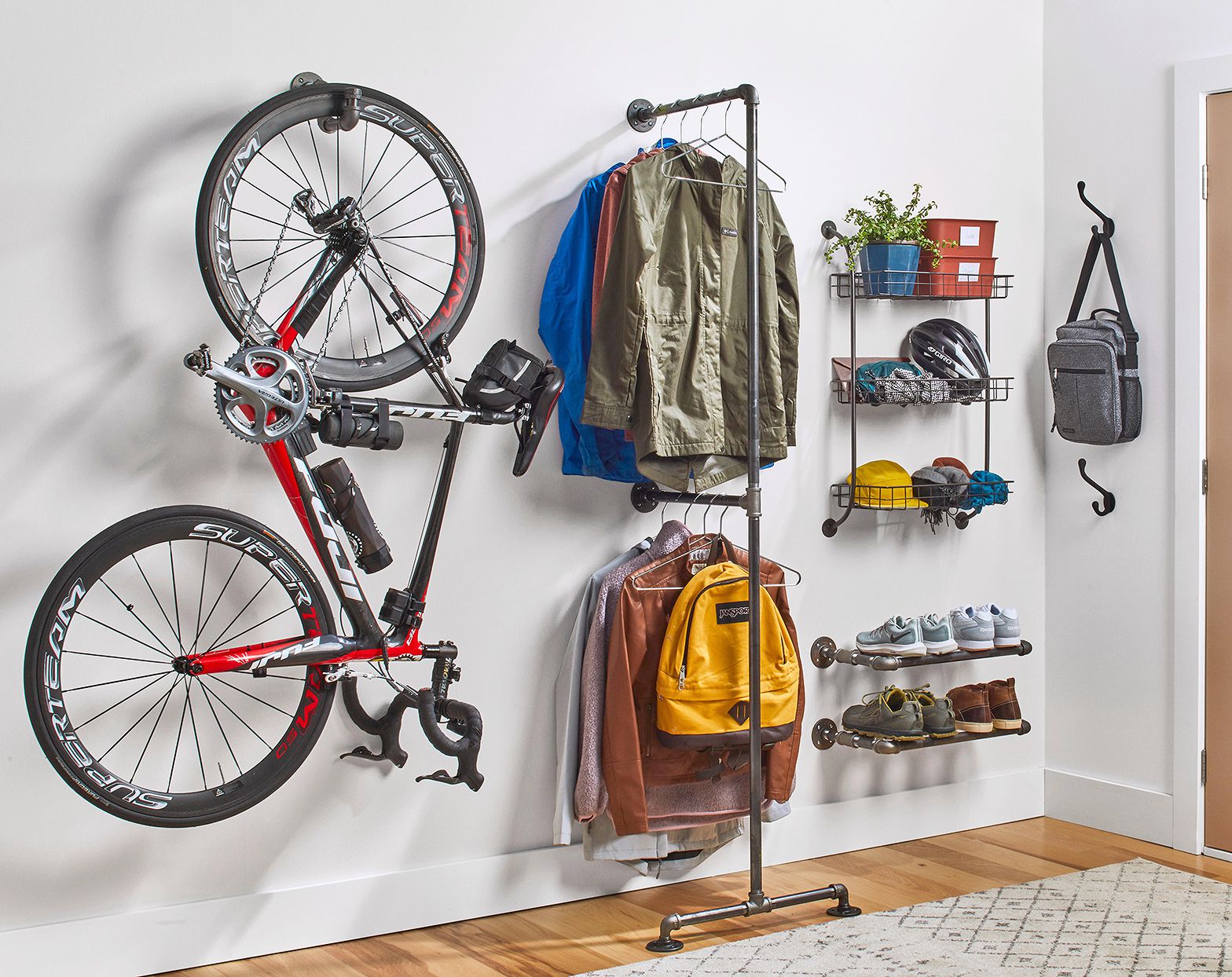

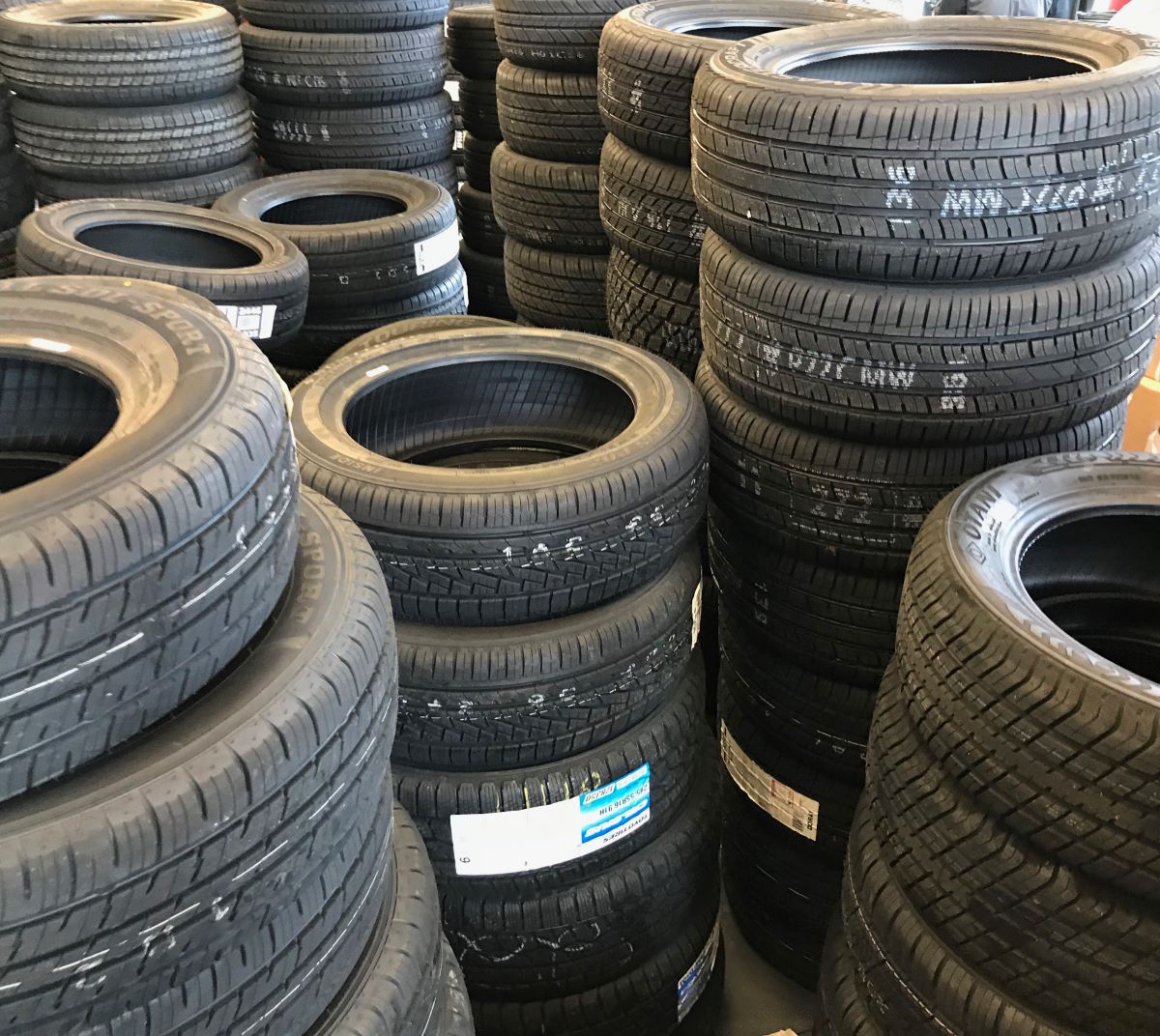
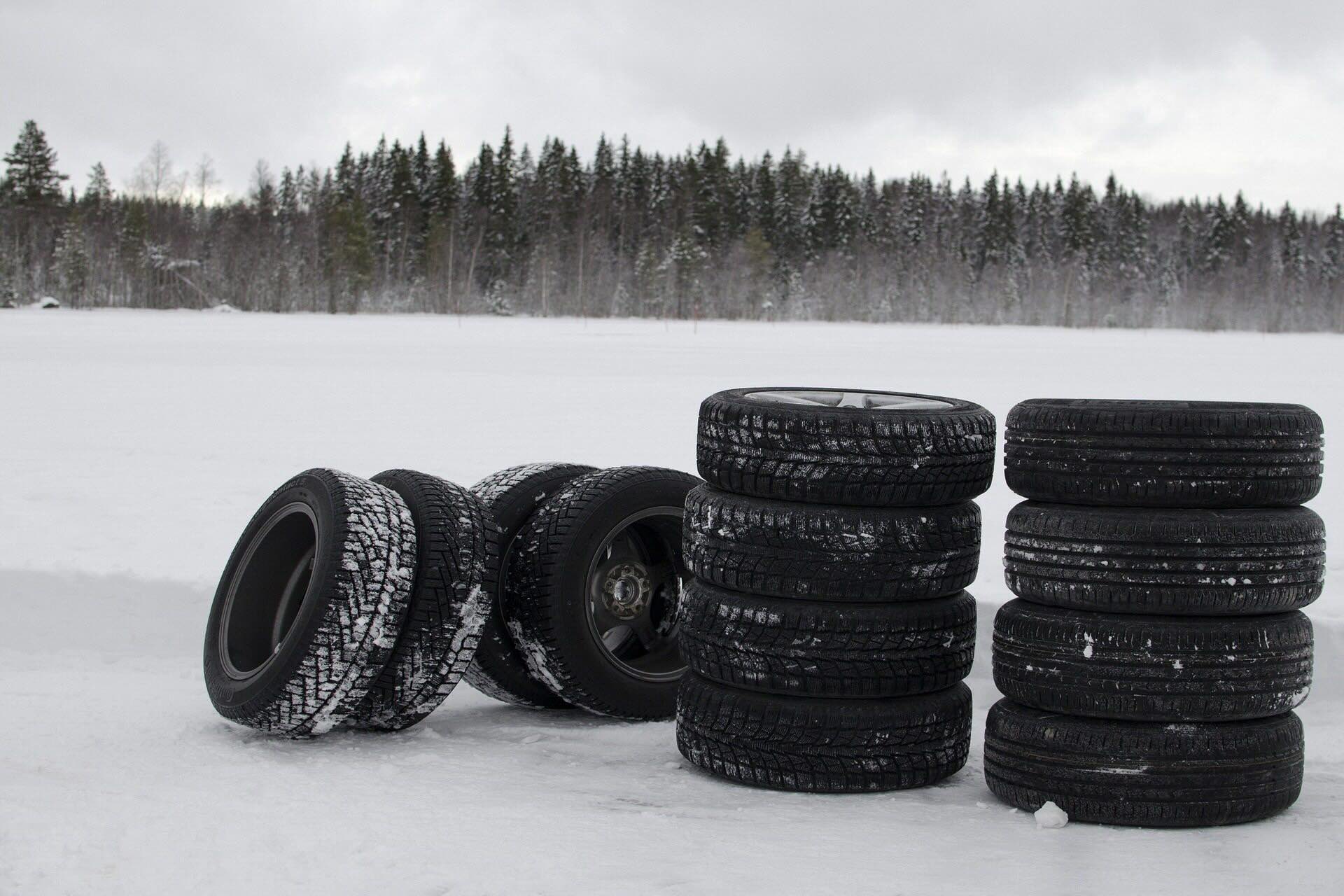
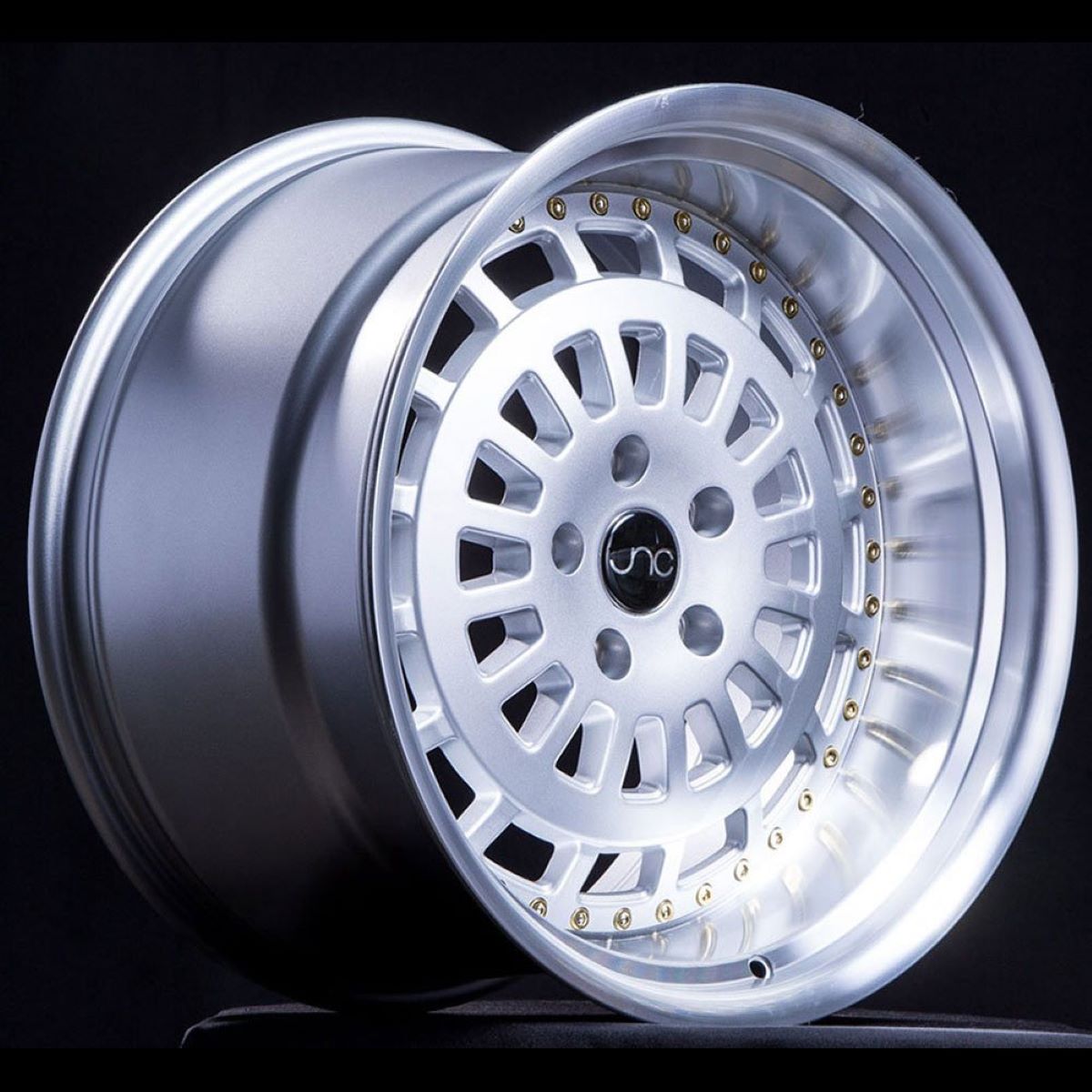
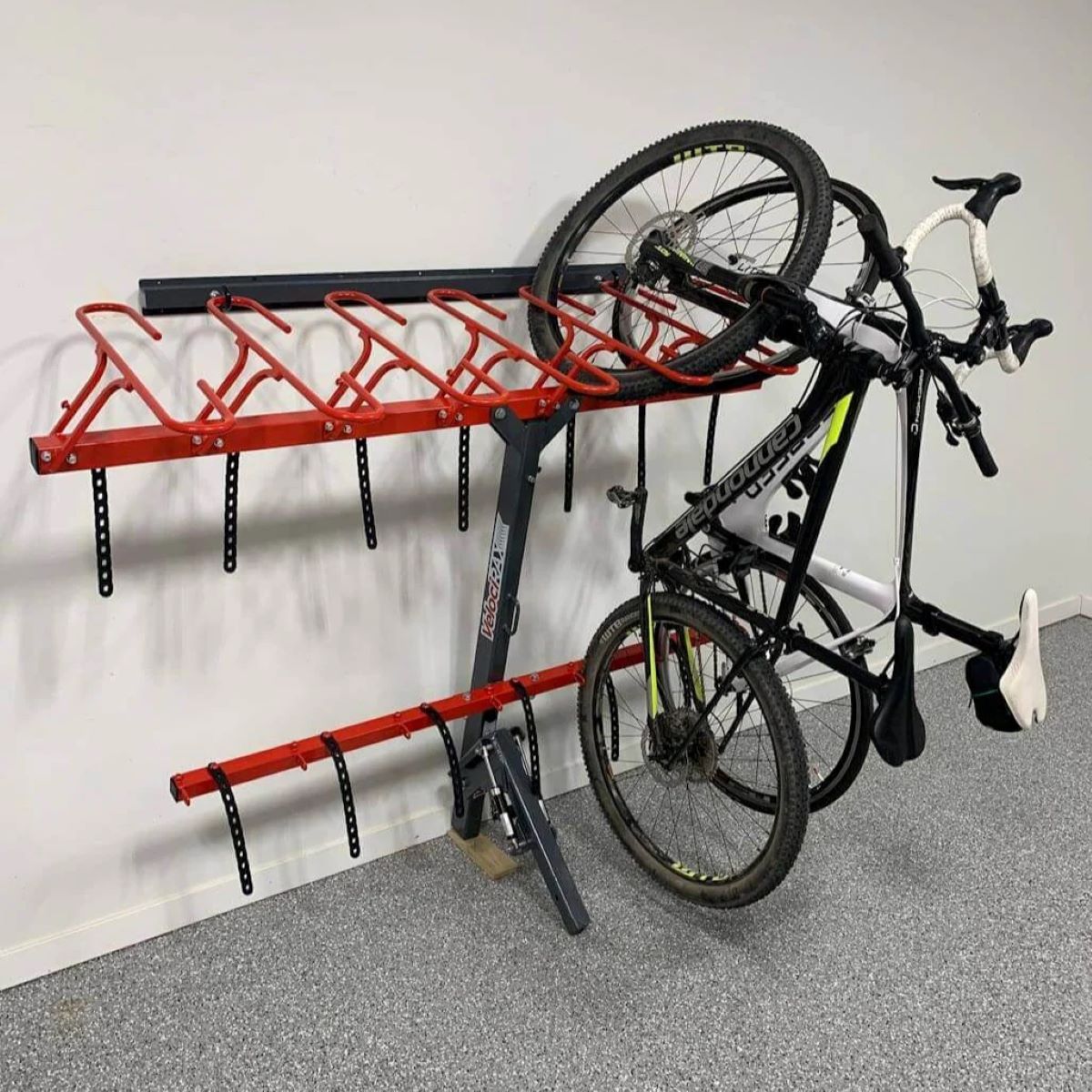





0 thoughts on “How To Store Bike Tires”